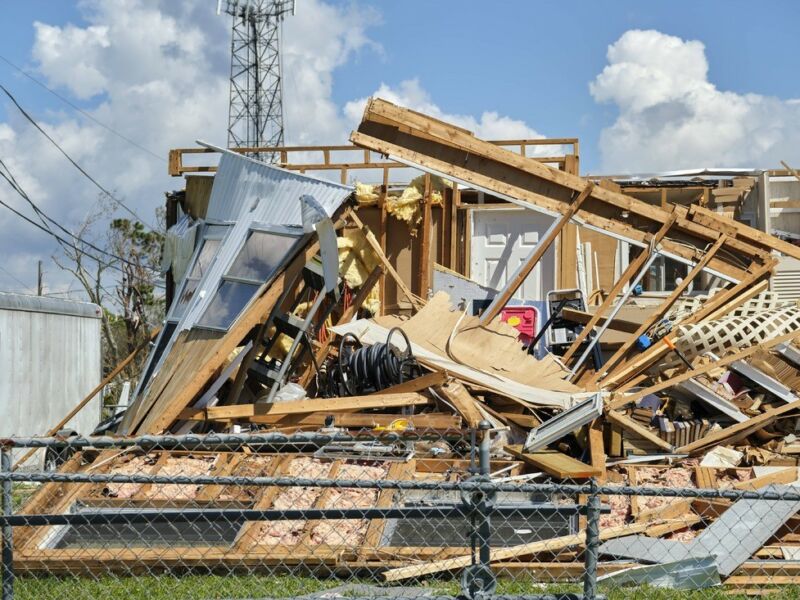
Introduction
Structural repairs are an essential aspect of building maintenance and restoration. They involve the restoration and strengthening of damaged or deteriorated structural elements in a building, such as foundations, walls, beams, and columns. Structural repairs aim to improve the safety, stability, and overall integrity of the building, ensuring its longevity and minimizing the risk of further damage or collapse.
The Importance of Structural Repairs
Structural repairs are crucial for maintaining the structural integrity of a building. Over time, various factors such as aging, environmental conditions, natural disasters, improper construction techniques, and foundation settlement can weaken or damage the structural elements. Ignoring these issues can lead to serious consequences, including:
- Unsafe living or working conditions
- Compromised building stability
- Structural failure or collapse
- Deterioration of adjacent building components
- Decreased property value
- Legal liabilities

By investing in timely and comprehensive structural repairs, property owners can mitigate these risks and ensure the long-term safety, functionality, and value of their buildings.
Common Types of Structural Repairs
Structural repairs can address a wide range of issues depending on the specific needs and conditions of the building. Some common types of structural repairs include:
Foundation Repairs
Foundation problems, such as cracks, settlement, or unevenness, can compromise the stability of the entire structure. Foundation repairs involve measures to stabilize and restore the foundation, ensuring proper load transfer and preventing further damage.
Wall Repairs
Cracked, bowed, or deteriorated walls can compromise the structural integrity and aesthetics of a building. Wall repairs may include crack sealing, reinforcement, or replacement to restore their strength and appearance.
Beam and Column Repairs
Beams and columns play a critical role in supporting the weight of a structure. Repairs may involve reinforcing or replacing damaged beams and columns to ensure their load-bearing capacity and structural stability.

Roof Repairs
Roof damage, such as leaks, sagging, or structural deficiencies, can lead to water intrusion, mold growth, and compromised structural integrity. Roof repairs may involve fixing leaks, reinforcing trusses, or replacing damaged roofing materials.
Concrete Repairs
Concrete deterioration can occur due to various factors, including exposure to moisture, chemicals, or physical impacts. Concrete repairs may include patching, crack sealing, or resurfacing to restore the strength and durability of the concrete elements.
The Structural Repair Process
The structural repair process typically involves the following steps:
Inspection and Assessment
A professional structural engineer or contractor assesses the building’s structural condition, identifies the underlying issues, and determines the most suitable repair strategies.
Repair Design
Based on the assessment, a repair design is developed, outlining the necessary repairs, materials, and techniques required to address the structural deficiencies effectively.
Permits and Approvals
If the repairs involve significant modifications to the building’s structure, permits and approvals may be required from local building authorities.
Execution of Repairs
Experienced contractors or construction professionals carry out the repairs according to the approved design and using suitable construction methods and materials.
Quality Assurance
Throughout the repair process, quality assurance measures, such as inspections and testing, are conducted to ensure the repairs meet the required standards and specifications.
Post-Repair Maintenance
After the repairs are completed, regular maintenance and monitoring are essential to prevent future issues and ensure the continued structural integrity of the building.
Choosing a Structural Repair Contractor
Selecting a reputable and experienced contractor is crucial for the success of your structural repairs. Consider the following factors when choosing a contractor:
- License and certifications
- Experience and track record
- Insurance coverage
- References and client testimonials
- Transparent pricing
- Written contracts and warranties
- Ability to handle the specific repair needs of your building
- Adherence to safety and building codes
By conducting thorough research and due diligence, you can ensure that your structural repairs are carried out by a qualified and reliable professional.
FAQs
What are the signs that my building may need structural repairs?
How much do structural repairs cost?
Structural repairs play a critical role in maintaining the safety and longevity of a building. By addressing structural issues promptly and effectively, property owners can ensure the integrity and value of their investments for years to come.
If you require professional structural repairs, JGW Group Water Damage Restoration Las Vegas provides a range of comprehensive restoration services, including storm damage restoration, disaster recovery, and emergency restoration. Contact us at 725-240-0640 to speak with one of our experts.



